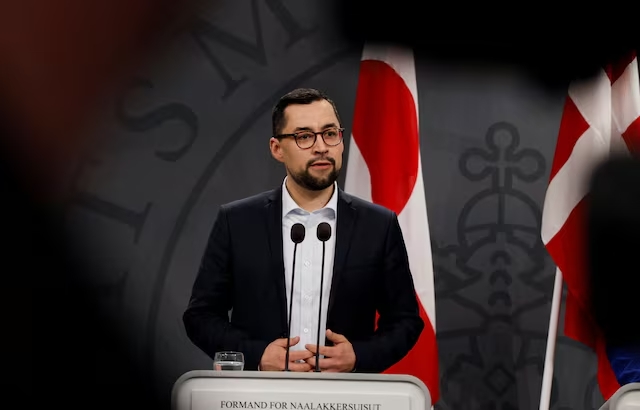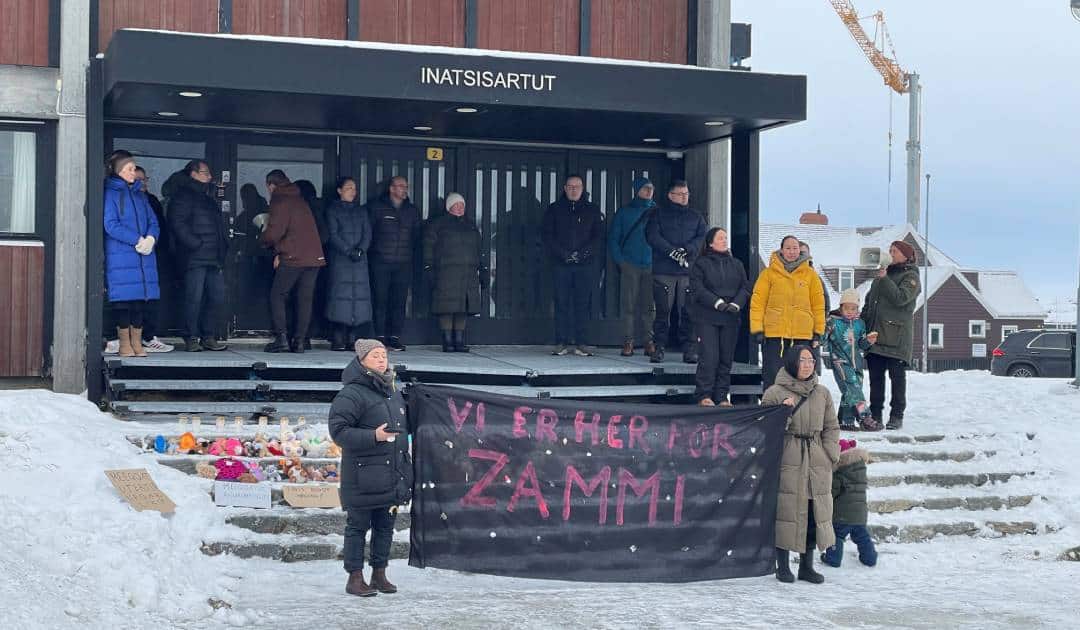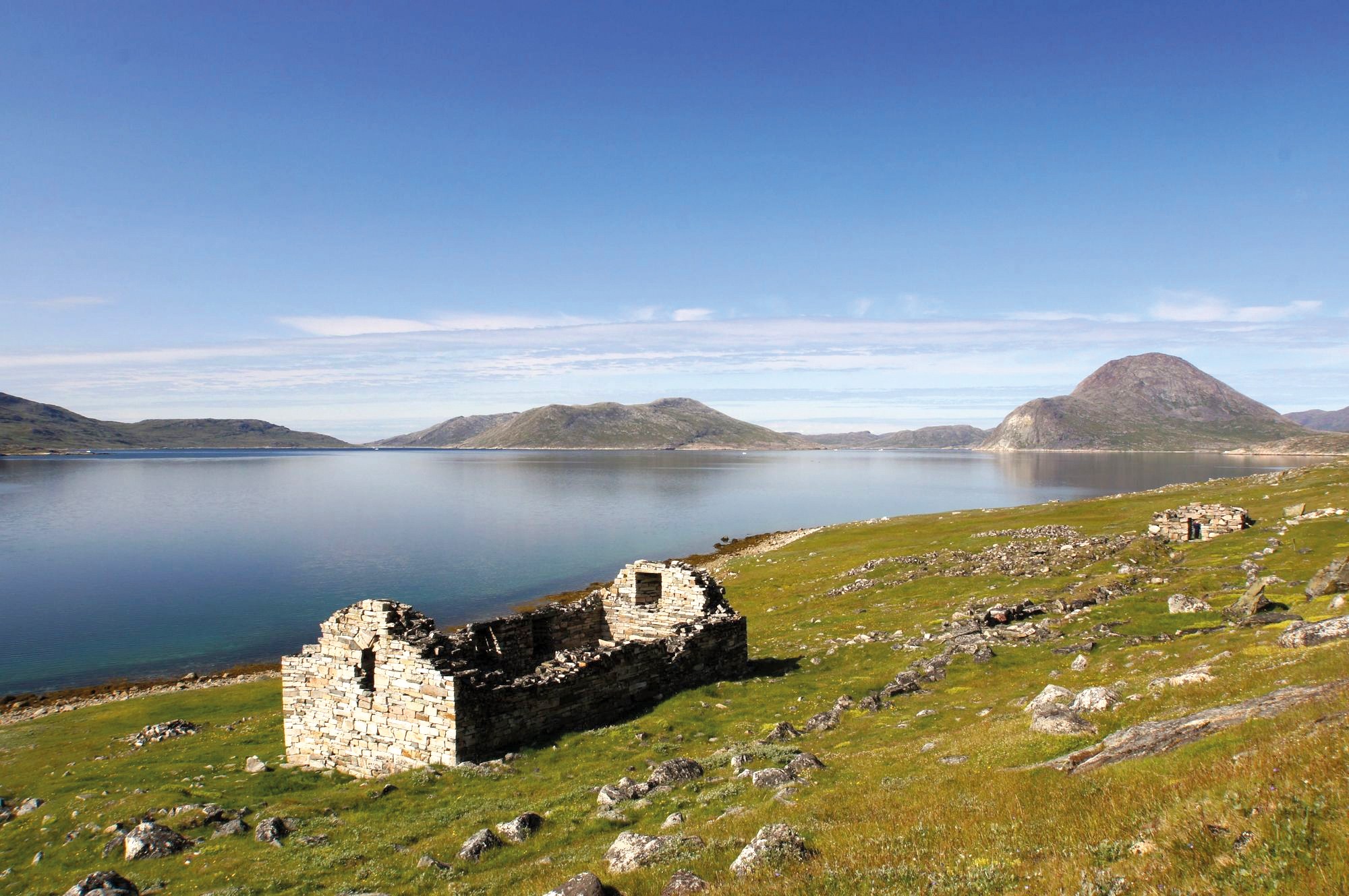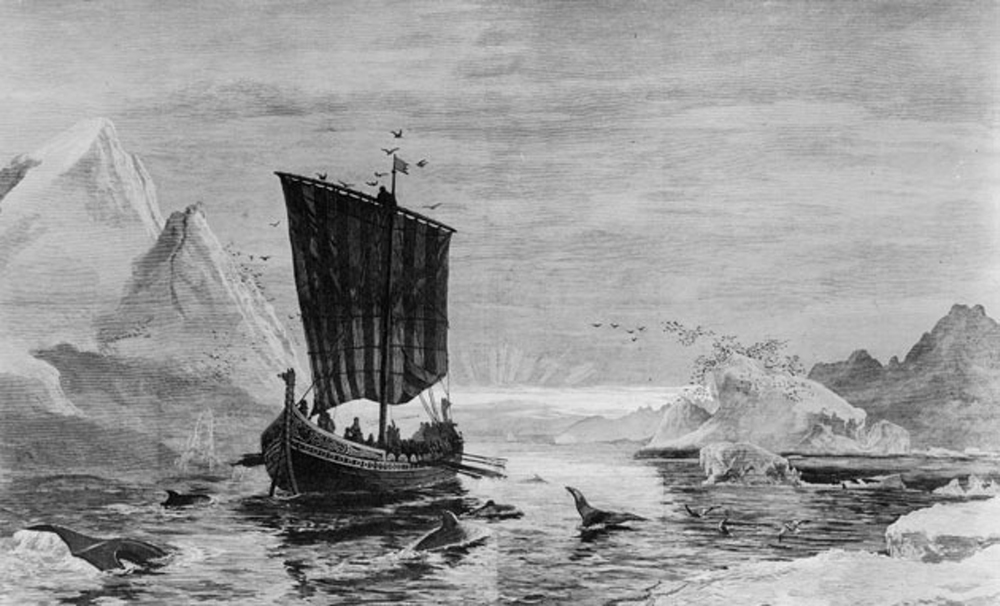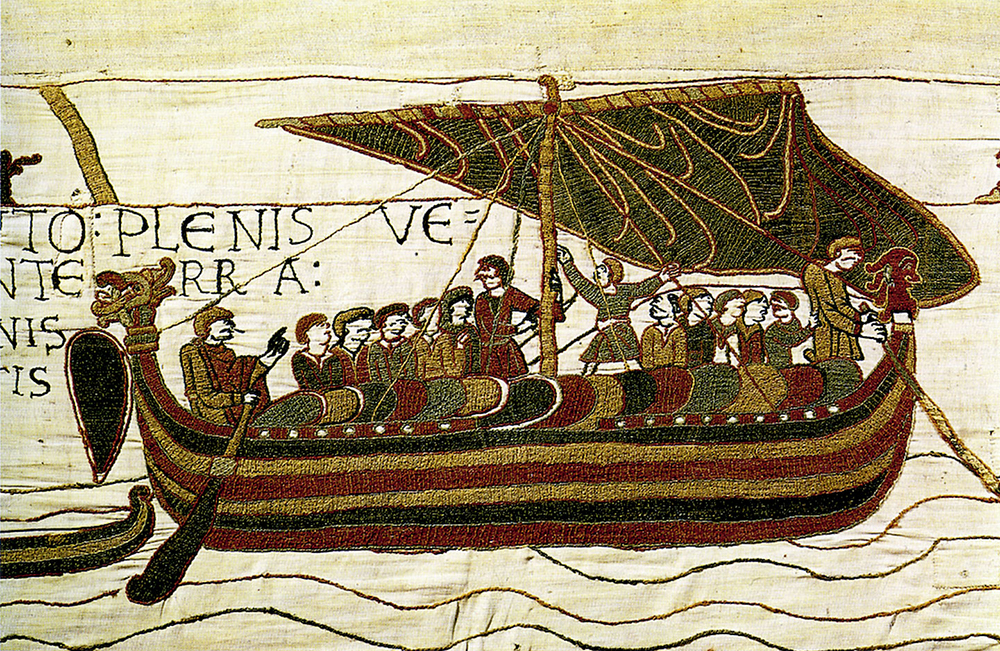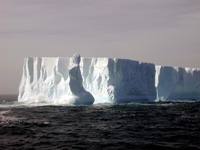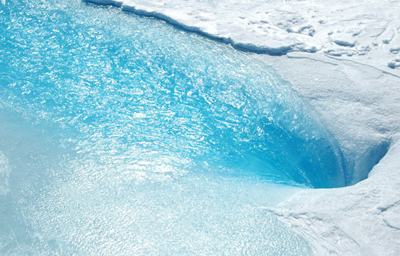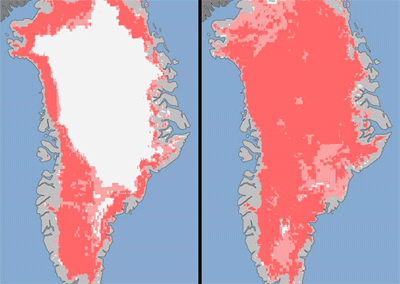Greenland: Colonialist imperialism always knocks on the door
- In August 2019, Donald Trump, the President of the United States, explained his intention to buy Greenland.

The largest island in the world, united with Denmark, was not for sale. So Trump was stuck in the lurch of other folks: the pandemic came, he lost the elections even though he said no...
But four years later, he has won the elections again, he feels very strong (and makes him feel), and before he returns to the White House he has already brought the same project on the table. Two others, with very different heaps. One, much larger, completely undetermined and which could only be carried out through a long political process: Integration of Canada into the United States. The other one is more accurate and more precise than the United States. United States can do by force: Recovery of the Panama Canal. Between them, perhaps the most feasible, “buy” Greenland.
Now, the idea is no longer being joked, and the conclusions have begun to be the most cautious. For others, for example, from the point of view of the port that it could open elsewhere.
But how do you “buy” something that is not for sale? To whom would it be appropriate to place a possible “price” as the owner of the goods? With what money or means would the purchase be made? What would the United States buy if Greenland were for sale? To be like Alaska or Hawaii? Or like Samoa, Guam, etc. ? Or Puerto Rico?
Pending the answer to these types of questions, the anecdote has served, for the time being, to remember the story. The Trump project is not, let alone, new. The United States has made several attempts to conquer Greenland, the most serious in the Cold War, for its spectacular strategic value. And it has to be said that, after getting facilities like the island was yours, the Americans “surrendered” in the decision to take ownership altogether. There is nothing else to remember about the details of the atomic accident that Palomares, 59 years old in the coming days, will suffer.
But in the 21st century, Greenland's estimate is not based, as it did 50-70 years ago, mainly on its location, but on its wealth of underground raw materials. And in the space that opens up the island's "owner" for the Arctic. It is clear that for this purpose those who wish to take over it regard the rarity of their Inuit population as one ventaja.Los The United States should, therefore, return to the
more classic colonialist imperialism: appropriating foreign territories to exploit their riches. Using a “buy” system with a great tradition in the history of EE.UU.
Those of us who lived thinking this was a thing of the past, we have a problem. To amend it, we may want to hear the words of historian Daniel Immerwarh or, who has time, read his book How to Hide an Empire.
Agintean dauden alderdiek kolpe gogorra jasan dute emaitzetan: Inuit Ataqatigiit alderdi ezkertiar independentistak eta Siumut sozialdemokratak aurreko hauteskundeetan lortutako botoen erdia inguru galdu dute, oposizioko alderdien onurarako.
Inkesta gehienen arabera, Inuit Ataqatigiit alderdi ezkertiar independentistaren eta Siumut sozialdemokrataren arteko aliantzak jarraituko du indarrean parlamentuan. Herrialdeko lehen ministro Mute Egedek hauteskundeak aurreratzea proposatu zuen, AEBen "kanpo presioek"... [+]
Groenlandiar jatorriko 411 haur daude tutoretzapean Danimarkan, Gizarte Gaietako, Etxebizitzako eta Adineko Pertsonen Ministerioaren txosten baten arabera. Aitatasun eta amatasun froga psikologikoetan puntuazio baxuak lortzeko arriskua dute guraso groenlandiarrek, frogak ez... [+]
Slale webgune estatubatuarrak argitaratu du Groenlandia eta Antartikako glaziarrak NBEaren adituek diotena baino hamar aldiz azkarrago urtuko direla. NASAn urte luzez ibilitako James Hansen da ikerketaren egileetako bat.
Kopenhage-ko unibertsitateko Eske Willerslev ikerlariak 400.000 urte zituzten mamut eta bisonteen ADNak landu izan ditu orain gutxi arte. Horrelako ikerketa batean... [+]
On 28 May, ministers from five countries bordering the North Pole (Norway, Russia, Canada, the United States and Greenland) reportedly decided to cooperate and protect the area... [+]
Groenlandiako izotzaren urtze azeleratuaren albistea munduko hedabide askok jaso ostean, Carlos M. Duarte ozeanografoak El País egunkarian analisia idatzi du. Bertan dio albisteak harridura sor badezake ere, ez dela gertaera isolatua. Artikoaren urtze fasea atzera... [+]
Groenlandia ia osoa (%97) estaltzen duen izotz geruza lau egunetan urtu da bero masa batek erasanda, NASAko zientzialariek jakinarazi dutenez. Ezohiko gertaera honen aurrean, hasiera batean neurketa-sistemaren akats bat zela pentsatu zuten ikerlariek, inoiz horrelako datuak... [+]









